Disclaimer: The information on curenaturally.org is intended to improve your knowledge about herbs and their benefits. Articles on this website are not intended to replace medical treatment from your doctor. Always consult your doctor before starting a new treatment regimen.
|
|
|
Poinsettia (Euphorbia pulcherrima)
By: Dr.Girgis N.D.
Published First 12/20/2015
|

|
The Pointsettia is a Euphorbiaceae (spurge family). There are more than one thousand different species among them, including trees, shrubs, and herbs.
In Spain, it is called the Christmas Flower; other names are the Mexican Flame Leaf, Lobster Flower Plant, Easter Flower, and Papagallo. In Mexico and Guatemala, it is known as "La Flor de la Nochebuena" (Flower of the Holy Night, or Christmas Eve). It is called "Crown of the Andes" in Peru and Chile.
|
|
|
|
|
|
Composition
The Euphorbia genus contains complex terpenes (Terepenes or terpenoids, are the compounds or building block of any plant resin or essential oils that give the plant its unique smell, colors, flavor)
|
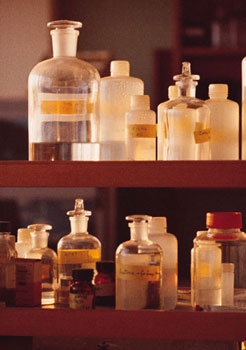
|
|
|
|
|
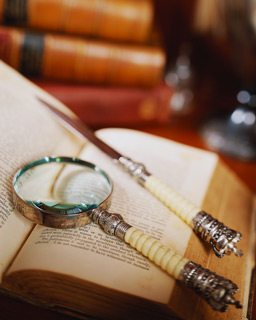
|
History,
The plant is native to Mexico. According to the legend, a young girl was very distraught, and was crying because she did not have anything to honor baby Jesus. So, an angel appeared and suggested that she can give anything as long as it is done with love. She gathered some weeds from the roadside and placed it around the manger. These weeds turned into the beautiful flower that is the poinsettia. The existence of the plant in Mexico goes back to Aztecs.
|
|
It was called Cuetlaxochil. It was considered a gift from the gods until the last Aztec king (1480-1520). Poinsettia was introduced to the United States by Joel Roberts Poinsett, the first American Ambassador to Mexico in 1828. In the United States, December 12 is considered Poinsettia day, commemorating the death of Joel Roberts Poinsett in 1951. December 12 is also the celebration of "Dia de la Virgen" in Mexico.
In the United States, poinsettias contribute about $250,000,000 a year to the economy. This is mostly thanks to Paul Ecke Jr., who is considered the father of the poinsettia industry and developed a technique to cause seeding of plant to flourish. Currently based in Encinitas, California, his business continues to be run by the same family and is one of the biggest producers of poinsettia.
|
|
|
|
|
Medical Use,
The Poinsettia’s leaves and its milky sap have been used for medicinal purposes. It is used to lower fever, as it has anti pyritic effects. It also increases breast milk in mothers of newborn babies. Its sap is also used for skin hair removal. Poinsettia has anti-bacterial and emetic (causes nausea) properties. Its folk treatment has been for toothache, skin warts, and other skin remedies. It has also been used to for abortion
|
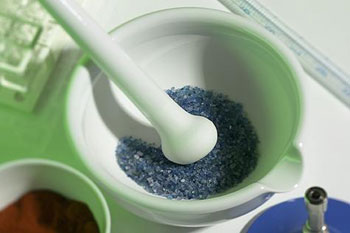 |
|
|
|
|
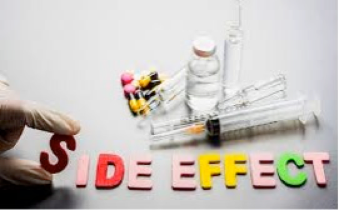
|
Side Effects,
Side effects have been controversial. In 1919, there was a report of the death of a 2 year old in Hawaii. In 1978, there were 228 reports of ingestion and only 14 had shown nausea and vomiting among its most severe symptoms. Allergies and dermatitis have been reported. Contact dermatitis is very rare. Poinsettia belongs to the genus Euphorbia, which is known for its toxicity. However, the poinsettia has not shown to be a toxin. According to some, about 500 leaves have to be eaten to have symptoms. But, please check with your doctor, N.D., or an herbalist before taking any herbs.
|
|
|
|
|
Dosage,
Dosage has not been established. However, according to drug.com, intraperitoneal injection of 3 g of leaf extract per 100 g body weight resulted in one death in six mice tested; extracts of flowers and bracts, however, caused no deaths indicating a general lack of acute systemic toxicity. No alkaloids or glycosides were found in the plant.
I hope you found this article informative and useful. Next time you decorate your home with poinsttia plant, think about all the history and healing benefits of this wonderful hemiparasatic plant.
|
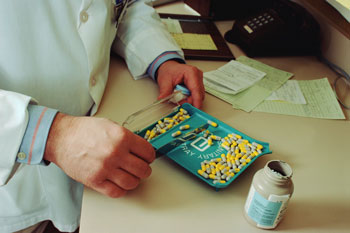
|
|
Happy holidays, may peace be upon all in this season and beyond. Thanks for visiting curenaturally.org. To make an appointment with me or sign up for my talks please feel call our office.
Wishing you the best holidays!
Dr. Ashraf Girgis N.D.
|
|
|
|
Additional Articles
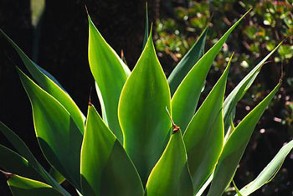
Seven herbs and supplements for type 2 diabetes
Read More
|
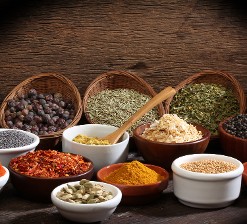
Spices and Herbs to Pump Up the Flavor
Read More
|
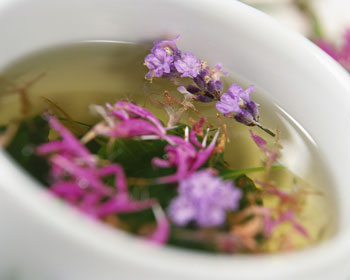
Know Your Remedies: Passiflora incarnata (Passi.)
Read More |
|
|
|
|